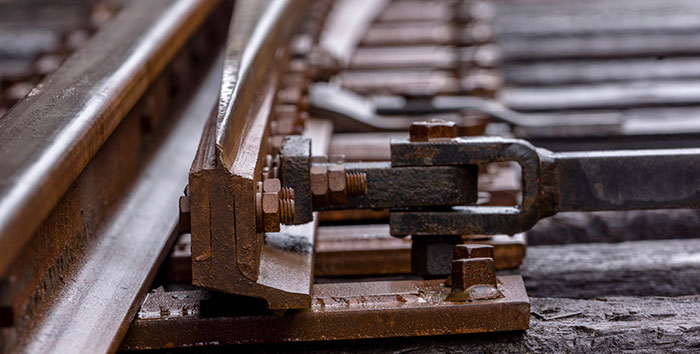Business overview
Crossrail Ltd, established in 2001, was set up to build the new railway that will be known as the Elizabeth line when it opens through central London in 2018/19.
The new rail route has 37 stations and 8 new sub-surface stations as it crosses London from West to East, joining Reading and Heathrow to Canary Wharf, Woolwich, Abbey Wood and Shenfield via Ealing Broadway, Paddington, Tottenham Court Road and Liverpool Street. It is designed to ease congestion and bring bring substantial economic benefits to the capital.
Challenges
The idea that became known as Crossrail first formally emerged over 135 years ago. But developing a credible business plan has taken many years. A defining moment was the Strategic Rail Authority – London East-West Study, 2000, which highlighted the need for additional capacity to manage ever growing passenger numbers, together with the opportunity to better manage people movement from one side of the city to the other.
By 2006, the second reading of the Crossrail Hybrid Bill had taken place in Parliament. The process of taking the bill through the two Select Committee examinations was complex and involved 6 month sessions each. Pivotal to a successful outcome was the ability of Crossrail to provide the right information at the right time and in the right presentation format.
Solution
We were asked to support the Board of Directors, in particular the Managing Director of Crossrail during this process. Our role was to bring together all the relevant information to answer questions for the Select Committees across many aspects of the project. This included confirmation of the business case, construction and operational design solutions and consequent briefing of the Parliamentary Agent’s legal team.
TenBroekeCo was heavily involved in cost/benefit analysis, land surveys for the line and the ‘safeguarding’ of land required (temporary / permanent) for use during construction and later management of Crossrail. We oversaw the co-ordination of the engineering design of the 91km surface rail network, and the associated consultations and negotiations with third parties in order to demonstrate that the proposals were deliverable.
Results & Benefits
We helped ensure that the Crossrail team felt confident they could present a compelling proposition and answer any questions that arose under examination in Select Committees of both the House of Commons and the House of Lords.
Providing detailed support to the Crossrail Counsel and its witnesses, we were able to bring to bear our strategic expertise, knowledge and understanding of the macro picture and micro details of the railway. In particular, we were able to assist Crossrail in understanding the potential future impact of decisions being made during this high-pressure process.
Our work contributed significantly to the Crossrail Act gaining Royal Assent in July 2008.

